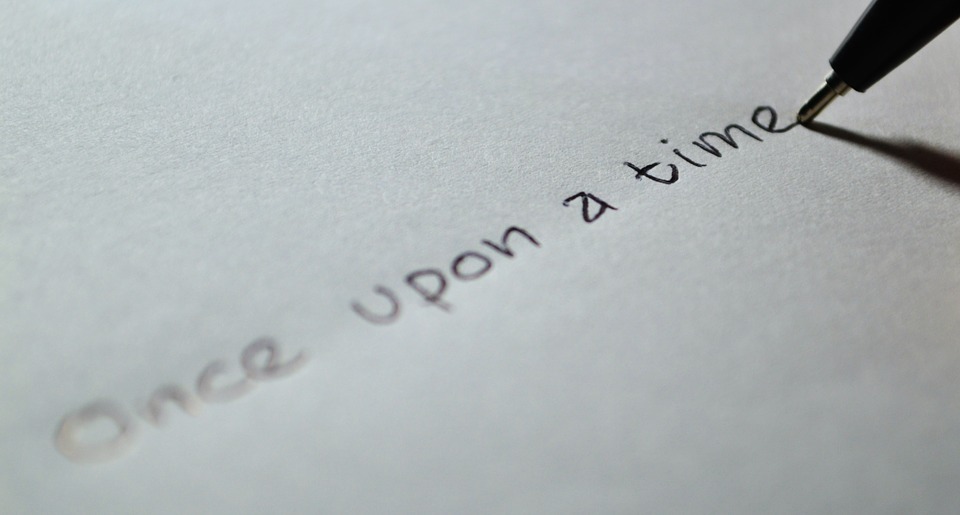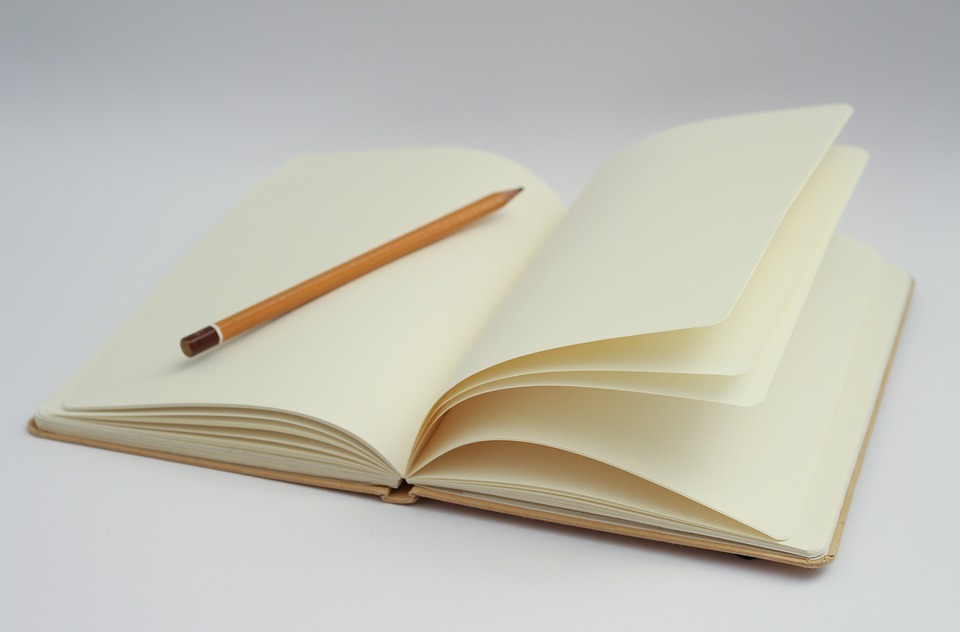
.jpg)
Media Shower writer John Michael Manship specializes in playwriting, comedy, and environmentalism. You can read his environmental blog here.
The original first paragraph of this entry was trite and unconvincing. It was poorly worded and cliche. I hated every word of it…and yet, that made it the perfect opening paragraph. Why? Because I knew it was crap, and that’s exactly what I wanted it to be. And then, I deleted it.
What?
Let me elaborate.
Do you know what’s best about writing something terrible? You know that it’s terrible. Let me reemphasize that sentence. You know that it’s terrible. And that’s great news. Why? Because what better skill to have as a writer than to be able to recognize bad writing! Great writers don’t just spit exactly what they want onto the page on the first try and watch it pool into a masterpiece. They’re artists: they mold, shape, cajole, re-start, and sometimes scrap projects altogether. And that requires an ability to know what’s working and what’s not.
When I say “what’s working,” I’m not just talking about grammar, syntax, or even creativity, either. I’m referring to your own subjective sense of what you want to say and how well what you’ve written on a page accomplishes that.
In short, there’s a lot to get right in a piece of writing. And the idea that you would get it all right–or even part of it right–on the first try is way too much pressure. So don’t. Guess what? You don’t have to. In fact, you shouldn’t. Here’s a lesson about why writing some less-than-stellar first attempts can help you grow.

Start your piece with the most cliche sentence possible. Who cares?
Here’s an exercise for you.
For everything you write, give yourself permission to make the first paragraph terrible. Give yourself permission to make the first three paragraphs terrible. Most often, you’ll find that you don’t take yourself up on your new-found freedom. Your first paragraphs will be just fine, thank you. Not perfect, but fine. And by the time you’re done with them, you’ll be better prepared to write them than you were when you started your piece.
Which is why you’ll then get rid of those paragraphs and start from where you are.
What? Yep. That’s the exercise. The fact is that for me (and, I’m willing to bet, for just about anyone else), the beginning of a truly effective piece of writing lies somewhere in the second, third, or fourth paragraph. The first few paragraphs are false starts, training wheels of sorts, and once I start to get a little momentum, the best thing I can do is get rid of them. I don’t necessarily delete them; they might contain some juicy and valuable material. But I’m not going to lead with them, either. They might even end up as part of my conclusion.

An empty book is waiting for you to fill it up.
So, next time you’re staring at a blank page, don’t be intimidated. To be a writer is to work with words, and until you’ve put some on the page, your writer brain has nothing to look at. It has nothing to shape or edit. It’s like a sculptor trying to work without clay or a carpenter without wood. Just put the materials out on the table.
Once they’re there, you’ll know what to do with them. And if you don’t? You’ll learn.
Click here to read some of our writing and content marketing success stories.